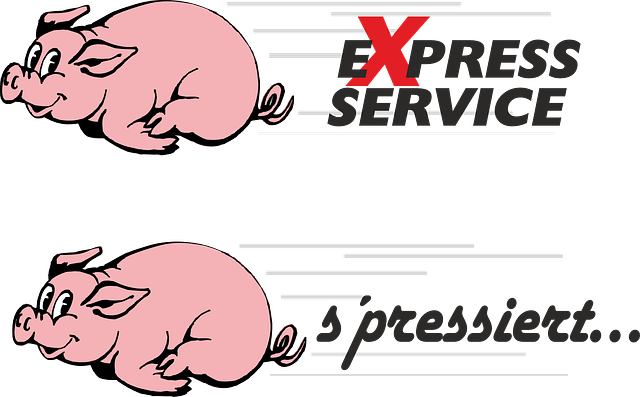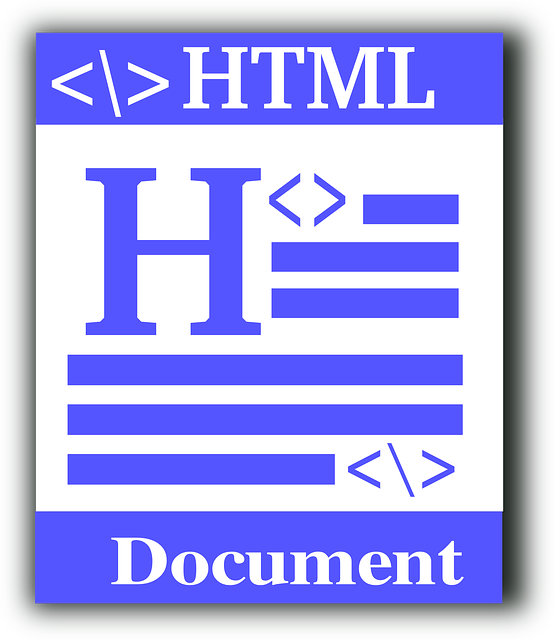Service Schema Markup (SSM) is a powerful tool that boosts online visibility and accessibility for service-based businesses, including therapists and local providers. By providing search engines with structured data on service names, descriptions, prices, availability, and reviews, SSM optimizes content and improves search rankings. For local businesses, specific Local Schema for Providers enhances visibility in geographic searches, attracting area-specific clients. Implementing SSM increases discoverability, enriches user experience, and drives better customer engagement through rich snippet displays and precise categorization. Success measurement involves tracking KPIs like website traffic and conversion rates to optimize content strategies based on user preferences and market trends.
In today’s digital landscape, enhancing visibility and context for service-based content is paramount. Implementing Service Schema Markup offers a powerful solution, enabling search engines to better understand and display your offerings. This article delves into the fundamentals of Service Schema Markup, its impact on search engine optimization (SEO), and how it enriches user experiences. We explore key benefits, provide a step-by-step guide for implementation, and offer strategies for continuous optimization.
- Understanding Service Schema Markup: A Basic Overview
- Enhancing Search Engine Visibility with Schema Implementation
- Adding Context to Your Content: The Role of Schema Markup
- Key Benefits of Using Schema for Service-Based Businesses
- Implementing Schema: Step-by-Step Guide and Best Practices
- Measuring Success and Continuous Optimization with Schema Markup
Understanding Service Schema Markup: A Basic Overview

Service Schema Markup is a powerful tool for enhancing the online visibility and accessibility of service-based businesses. It involves using structured data to provide search engines with detailed information about specific services offered by a company. This markup goes beyond basic HTML and includes relevant details such as service names, descriptions, prices, availability, and even customer reviews. By implementing Service Schema Markup, therapists, counselors, and other service providers can ensure their content is not only optimized for search engines but also presents a clear picture of what they offer to potential clients.
For instance, a local therapist using structured data for services can mark up their website with information about various therapeutic modalities they practice, their office hours, payment options, and client testimonials. This structured approach enables search engines to understand the context and nature of each service, leading to improved search rankings and better customer engagement. It’s particularly beneficial for local schema for providers as it helps them stand out in geographic-based searches, making them more discoverable to those seeking specific services in their area.
Enhancing Search Engine Visibility with Schema Implementation

Implementing Service Schema Markup is a powerful strategy to boost search engine visibility for businesses offering services. By adding structured data to your website content, search engines can better understand and interpret the context of your service offerings, resulting in improved rankings on relevant queries. This technique allows search algorithms to identify key details such as service types, provider names, locations, and client reviews, enabling them to display more accurate and tailored results.
For local businesses, Local Schema for Providers is particularly beneficial. By utilizing specific schema markup for therapists or service professionals, you can enhance the visibility of your business in local search results. This ensures that potential clients searching for services in their area are presented with detailed information about your offerings, increasing the chances of attracting local customers seeking specialized help.
Adding Context to Your Content: The Role of Schema Markup

Adding context to your content is a critical step in making it more discoverable and meaningful for users. This is where Service Schema Markup steps into the spotlight, serving as a powerful tool to enhance both visibility and understanding. By implementing structured data for services, you essentially provide search engines with valuable insights into the offerings and nuances of your business. It’s like painting a clear picture of what your company does, who it serves, and how it stands out, ensuring potential customers can quickly grasp the value proposition.
Local Schema for Providers is another dimension to consider, especially for businesses catering to specific geographic locations. This markup allows users to easily filter and find services tailored to their needs, be it a particular neighborhood or city. So, when it comes to showcasing your business types in a digital landscape, Schema Markup for Business Types plays a vital role in making sure your content stands out, is categorized correctly, and ultimately reaches the right audience.
Key Benefits of Using Schema for Service-Based Businesses

Implementing Service Schema Markup offers a plethora of advantages for businesses, especially those providing local services like dentists and other specialized offerings. Firstly, it enhances visibility on search engines by providing structured data that helps in better understanding and categorizing content. This leads to improved search rankings, making your business more visible to potential clients. By using schema markup, you can provide rich snippets of information, such as detailed descriptions, addresses, opening hours, and ratings, which not only attract clicks but also build trust with users.
Moreover, a Local Schema for Providers enables search engines to identify businesses as local entities, optimizing them for geographical searches. This is particularly beneficial for service-based companies that serve specific areas, ensuring their offerings are discovered by nearby customers. Schema Markup for Business Types allows for precise classification, helping users find relevant services easily. For instance, a schema for dentists can include specialized information like procedures offered, insurance accepted, and patient testimonials, making it easier for patients to connect with the right care providers.
Implementing Schema: Step-by-Step Guide and Best Practices

Implementing Service Schema Markup is a strategic move to boost online visibility and provide rich context for your business offerings. This structured data format, often referred to as Structured Data for Services, allows search engines to better understand your content, resulting in enhanced search engine optimization (SEO). The process involves several key steps to ensure optimal results.
First, identify the specific service or product you want to mark up and gather relevant details such as name, description, price, and availability. Next, choose the appropriate schema type, such as Local Schema for Providers or a more specialized version suitable for dentists (Schema for Dentists), depending on your industry. Utilize standard vocabulary and tags provided by schema.org to ensure compatibility with various search engines. Correctly embed the markup within your website’s HTML code, ensuring it is valid and well-structured. Regular updates are crucial, especially when services or details change, to maintain accurate representation.
Measuring Success and Continuous Optimization with Schema Markup

Measuring success is a critical step in implementing Service Schema Markup (SSM). By utilizing structured data, dentists, therapists, and local providers can track key performance indicators (KPIs) to gauge the effectiveness of their content strategy. This includes monitoring website traffic, conversion rates, and user engagement metrics specific to service offerings. For instance, a dentist using SSM might analyze how many patients schedule appointments after interacting with schema-marked content about cosmetic dentistry procedures.
Continuous optimization is made possible through regular analysis of these data points. By identifying what works best, businesses can refine their content strategies, ensuring that schema markup remains relevant and impactful. This iterative process involves regularly updating content to reflect changing user preferences and market trends, ultimately enhancing the visibility and context of service offerings for local audiences (Local Schema for Providers) as well as specialized fields like therapy (Schema for Therapists).
